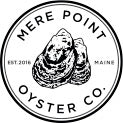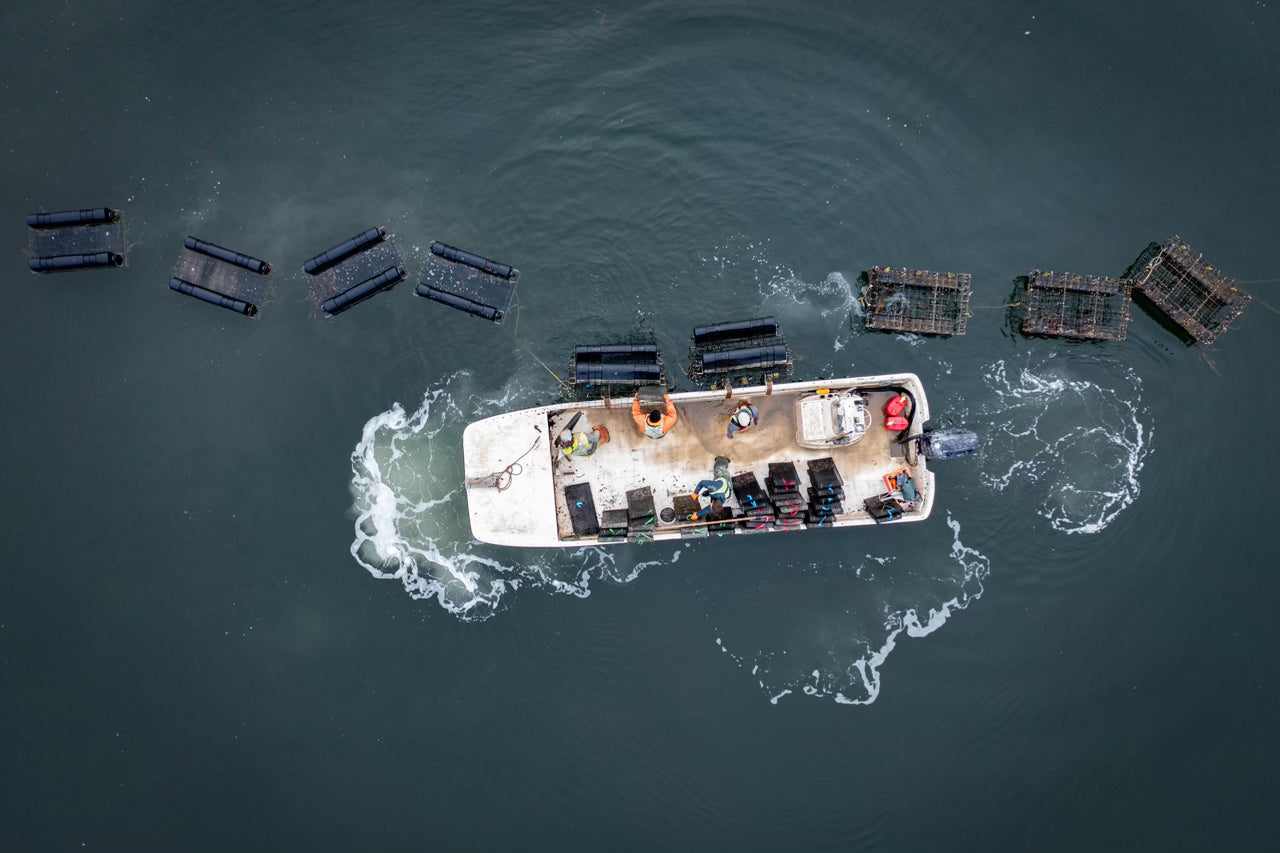Our Environment
There’s a reason we chose oysters.
Oysters are a keystone species. That means they serve a critical role in the ecosystem and without enough of them, the ecosystem can't function at it's healthiest level.
But, there’s a problem – there aren’t enough of them. Native oyster populations declined in the 1970’s due to pollution and poor water quality, and they have yet to return in strong numbers. Farming them offers an opportunity not only to restore the ecosystem’s functionality, but also to restore native populations for future wild harvest.
So, what do they do that’s so great? Let us tell you.
First, they are one of the ocean’s most powerful filter feeders, making the waters around them cleaner as they grow plump and delicious on the ocean’s microscopic plants. A single oyster can filter up to 50 gallons of seawater a day! This enhances water clarity, which means there is more sunlight penetrating the water to stimulate the growth of native eelgrass. That eelgrass not only produces valuable oxygen for all marine life, but also provides crucial habitat for juvenile fish, shellfish, and crustaceans. This can help increase abundance and diversity of all marine life. One little oyster can help with all of this!
Another benefit of filter feeding shellfish is that they keep nutrient levels in check. In recent years there has been an increase in nutrient loads in Casco Bay. This can cause problematic algal blooms. Some of them make shellfish toxic for humans to consume, hurting the resource and the seafood industry. Oysters can turn these excess nutrients into protein for their growth and keep the levels from getting too high. When we harvest 10,000 oysters worth of protein, we remove 23 pounds of nitrogen and 2.3 pounds of phosphate from the ocean environment.
Oyster shells are made of Calcium Carbonate. As our oceans become more acidic, the Calcium from oyster shells can help balance out the pH of the water. If ocean water is too acidic, shellfish and crustaceans can’t build and maintain their shells, so this source of Calcium is critical for these marine invertebrates. Their shells also are great places for other animals to stick, increasing the availability of habitat for marine life. The structures used for oyster farming provide even more habitat.
The methods used to farm oysters are very simple. There is no feeding or fertilizing. They get everything they need directly from the water. There’s no need for drugs or antibiotics either. Their growth and health depends entirely on their environment.
Because of the positive impacts of shellfish farming, groups such as Environmental Defense Fund and the Chef Collaborative’s Seafood Solutions have given it their support.
When you eat oysters, you are also helping the environment. We thank you!

